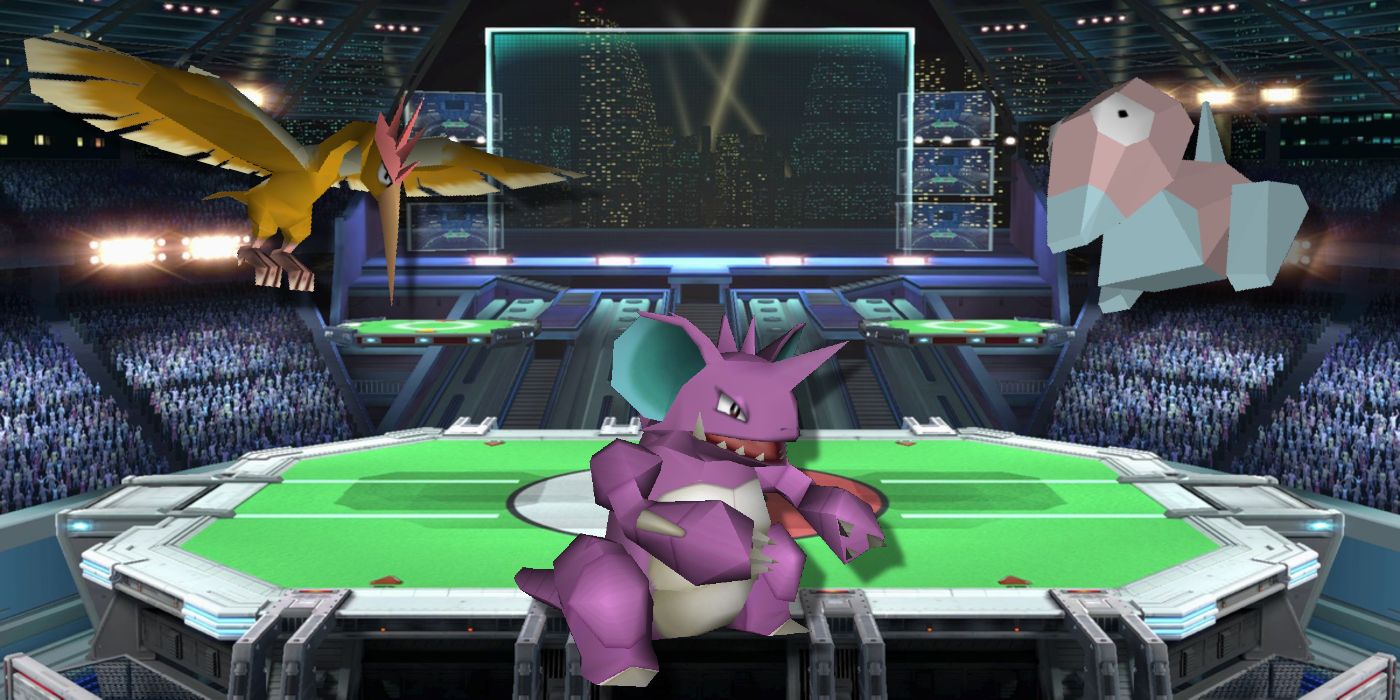
Every Pokemon fan can remember the first time they played their first 3-D game in the franchise. Seeing their Pokemon in full 3-D models opened many eyes to the possibilities of exploring an entire pokemon world in three dimensions one day, rather than the top-down 2-D games of yore.
RELATED: New Pokémon Snap: Easter Eggs & References To The Original Game
The Pokemon Stadium series was many players' first foray into this specific era of Pokemon games and despite the fact they were not adventure games like the mainline series, they remained very popular! That being said, not everyone got to experience the battle simulation fun of this series, so here are ten obscure facts about the Stadium series.
10 Nidoqueen's Animations Were Censored

America is no stranger to seeing censorship of certain aspects of Japanese media imports. But surprisingly enough, one such revision had to be done for Pokemon Stadium before it could pass the media standards of the United States. The censorship arrived in regards to the original idle animation for Nidoqueen.
In the original Japanese game, rather than just stand in a designated spot as menacingly as it could, the Japanese version of Nidoqueen's animation had the Pokemon fondling their pectoral muscles in a manner that could be misconstrued as the Pokemon groping female breasts. Quite the risque animation to put in a children's game...
9 A Hidden Reference To The Anime
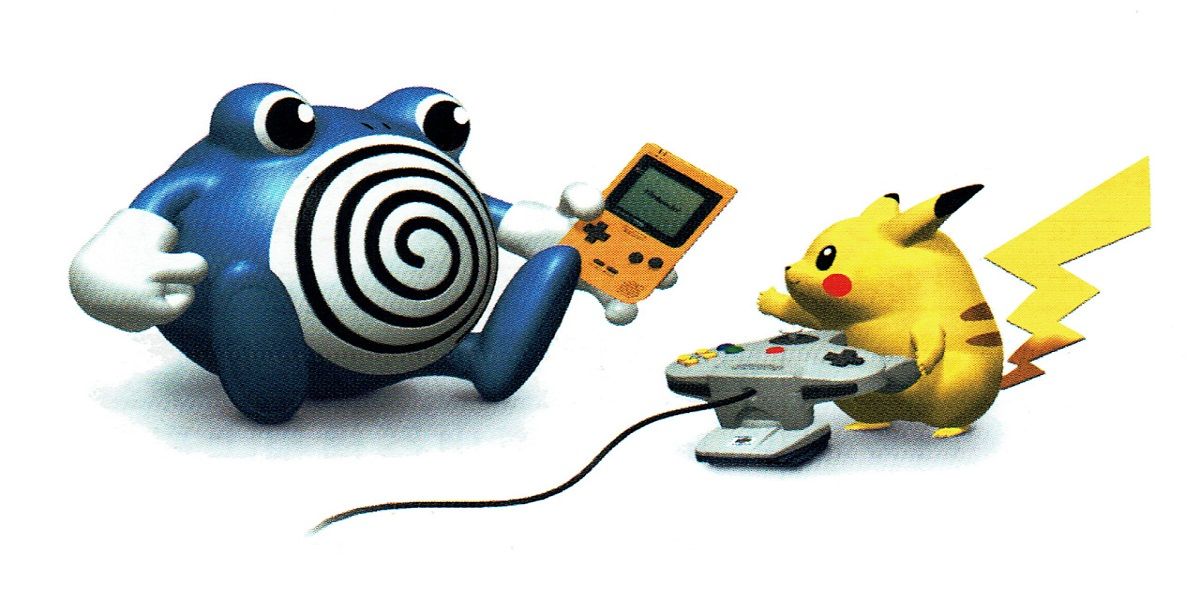
The Pokemon Stadium series introduced a new tool to the Nintendo 64 system that allowed players to transfer Pokemon they had in other games over to the console game. The tool was a GameBoy Color game adapter and any of the GameBoy Color Pokemon games were compatible to transfer Pokemon over.
One fun easter egg that blew players' minds was if they transferred the starter Pikachu from Pokemon Yellow into Pokemon Stadium, the Pikachu's cry would change from the default game's cry to the one from the anime where Pikachu says their name.
8 Shiny Nicknames
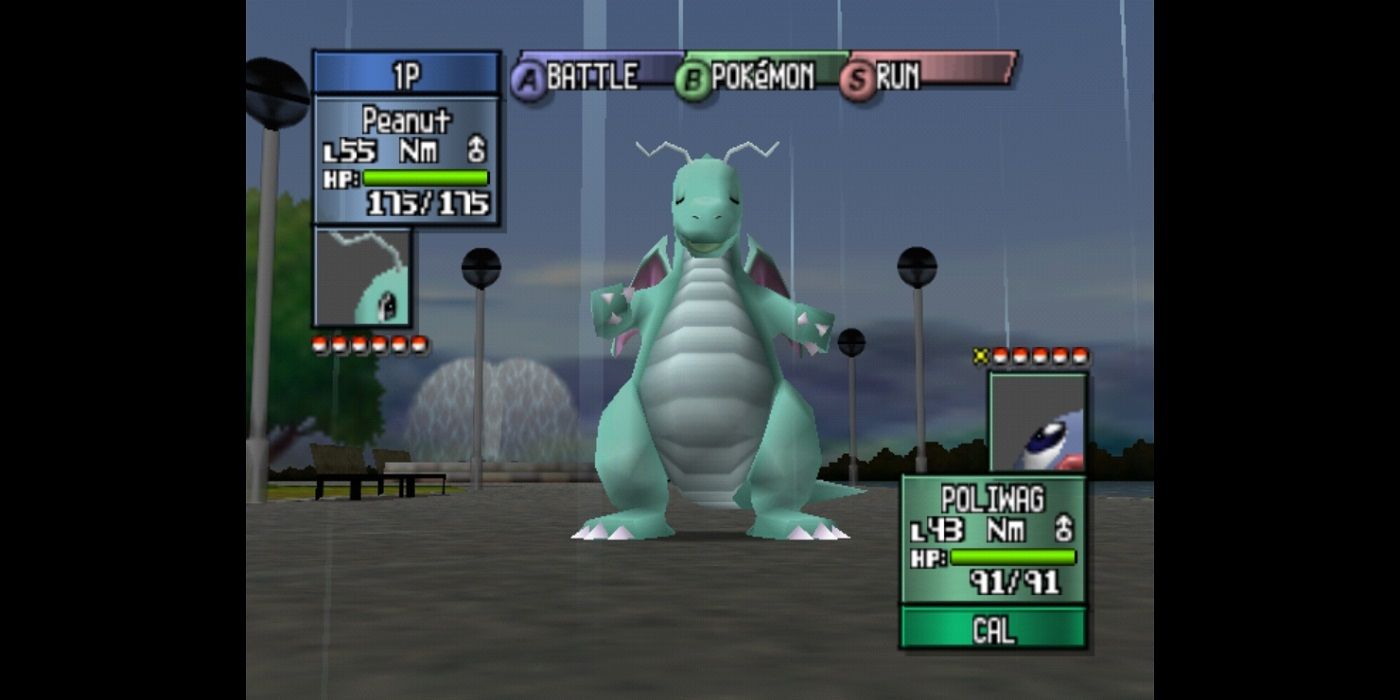
Another unique and fun feature that some players discovered in bringing their 2-D Pokemon into a three-dimensional space was the color alterations Pokemon could have. These alterations would only appear if the Pokemon was nicknamed.
RELATED: Things You Never Knew About The Original Pokemon Snap On The N64
There are only a set amount of colors for each Pokemon, of course, and which coloration was chosen was dependent on the original Trainer's Trainer ID number as well as the nickname of the Pokemon in question. Pikachu, for example, had three different color alterations in the original Pokemon Stadium.
7 Surf's Up Pikachu
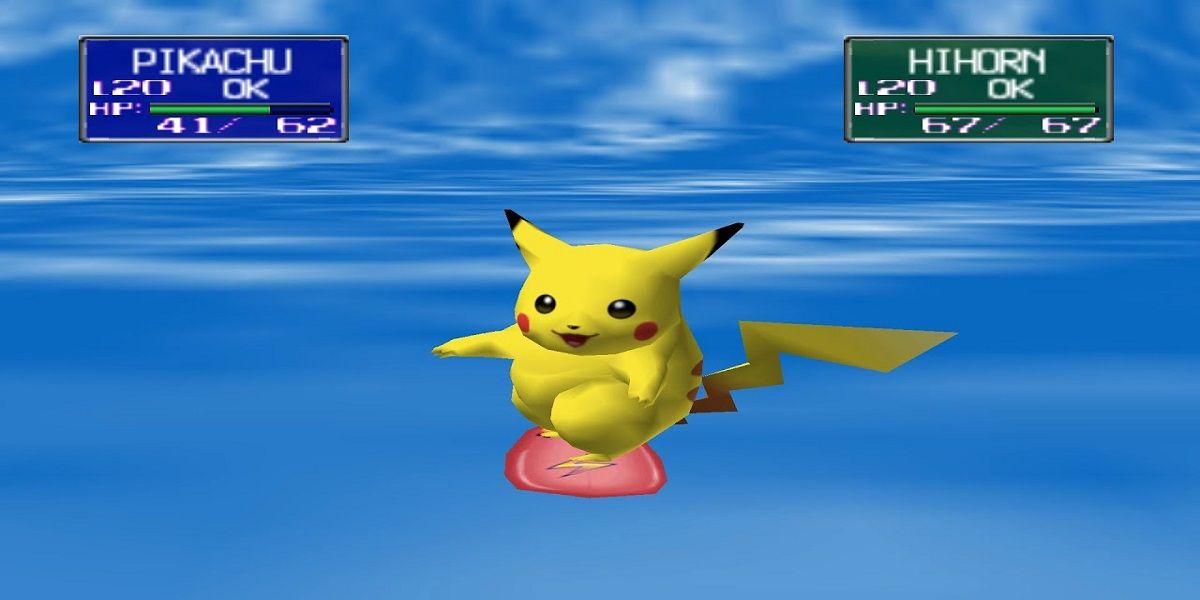
Hardcore Pokemon fans will know where this is going, but the casual fan is more than likely not familiar with the Pikachu variant known as Surfing Pikachu. It could be considered one of the franchise's first memes. Surfing Pikachu was originally a design of an early Pokemon card that depicted a Pikachu riding a surfboard.
Since that card's inception, Surfing Pikachu has made several appearances here and there, including in the Pokemon Stadium series. Any Gen 1 Pikachu that knows Surf will be shown using the move in the game while riding an adorable surfboard in both games!
6 The Title Screen Change In The Original Game

Everyone likes to get rewards for their accomplishments, and in the Pokemon series, they are famous for the use of their Gym Badges that show a trainer has conquered a powerful trainer from whatever region they happen to be in.
If a trainer defeats all of the Gyms and Pokemon Cups in the game daunting challenges, they will be rewarded with not only the satisfaction of having beaten the game but also a permanent change to their title screen of the game, proving to others that said player has conquered all of the challenges of a Stadium game.
5 Pocket Monster Stadium Was The True First Game In The Series
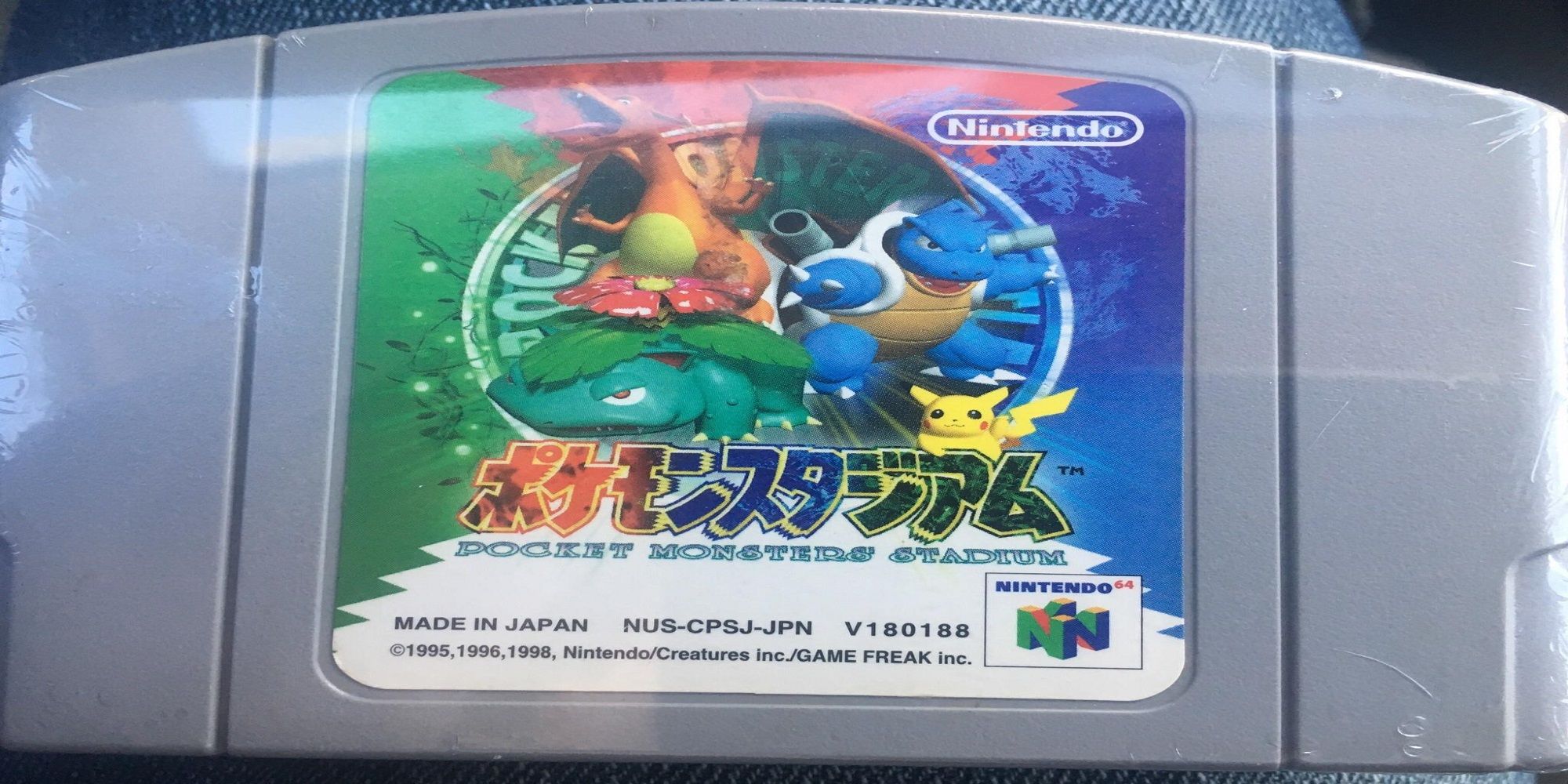
Cultural sharing is not a completely permeable barrier, especially in the long history of trade between the United States and Japan. In Japan, it is common for many video games of popular franchises, even in the west, to have entries that exist solely in Japan and nowhere else.
RELATED: Most Underrated Pokemon Games Of All Time
Pokemon Stadium is one such series as the very first Pokemon Stadium in Japan was not the first game that Westerners associate with being the first game. Pocket Monsters Stadium is technically the very first game in the series. The concept is very much the same, but the main difference is that the roster in this first game is significantly smaller than the other games.
4 The Six-Fingered Pokemon
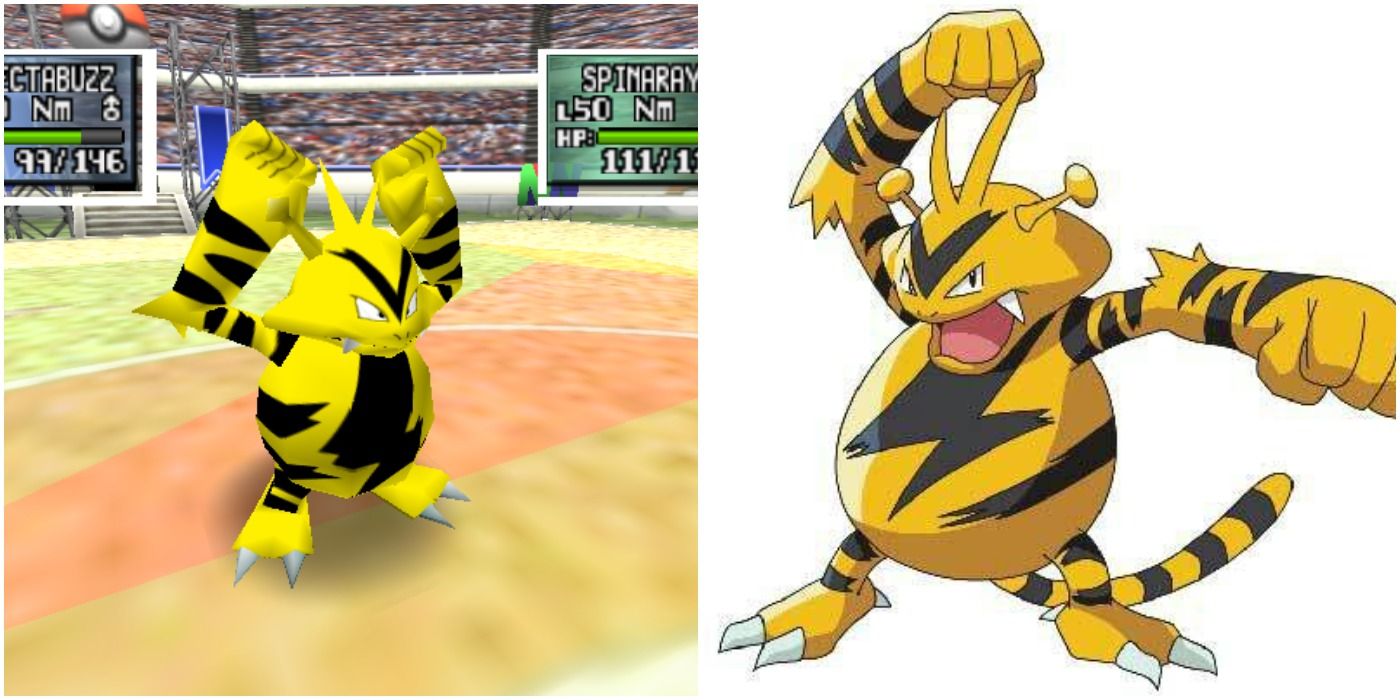
Electabuzz is not one of the most popular Gen 1 Pokemon, but Gen 1 always deserves respect. Some might think it is being slighted though within Pokemon Stadium as the model for this Electric Pokemon was incorrectly given six fingers when it possesses only five. This minor mistake did not affect gameplay at all and it was back before the days of sending an update over the internet to fix the issue, so here it remains as a relic in Pokemon canon.
3 The End Of An Era
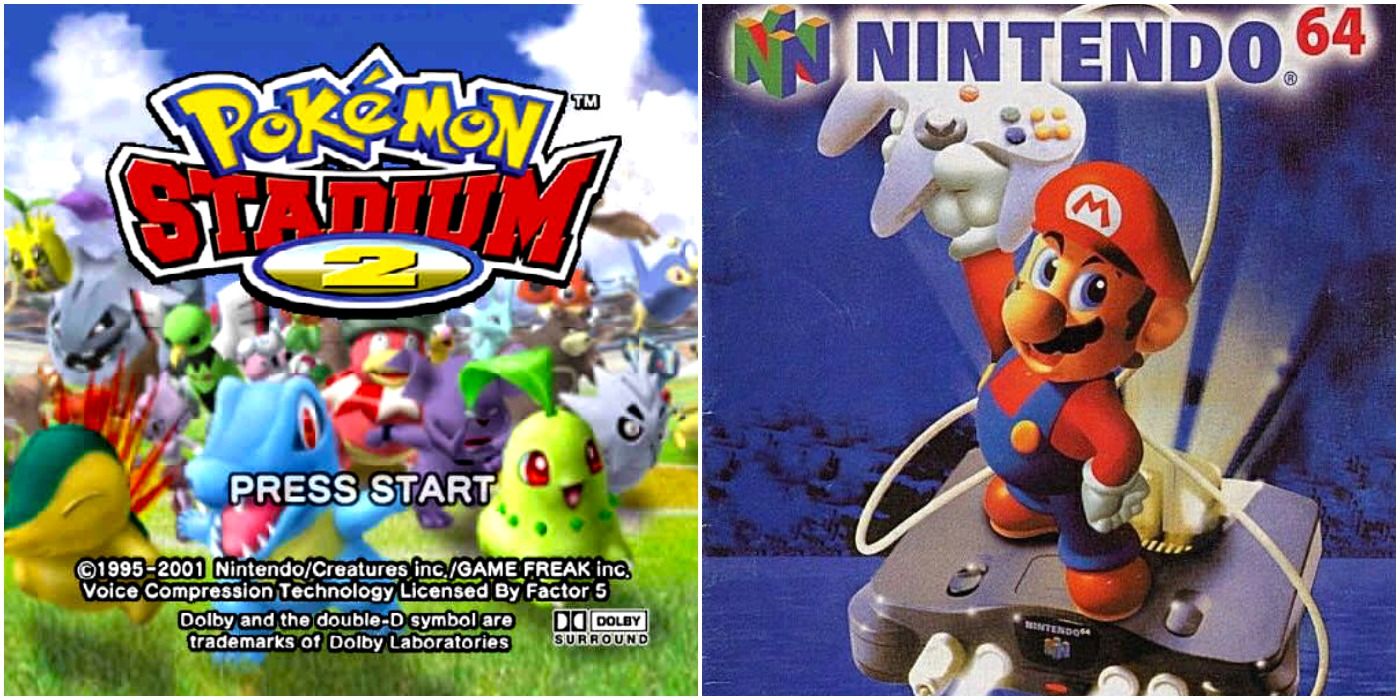
The N64 was a titan during its heyday and it had no shortage of new and interesting Pokemon games. Sadly, all eras must come to an end and the N64 was no different. Pokemon Stadium 2 was not only the last Pokemon game to release on the N64, but it was also one of the last N64 games in general. Many did not know at the time that an era was concluding, but ending on Pokemon Stadium 2 is certainly a high note.
2 Pichu's Hidden Mug Shots
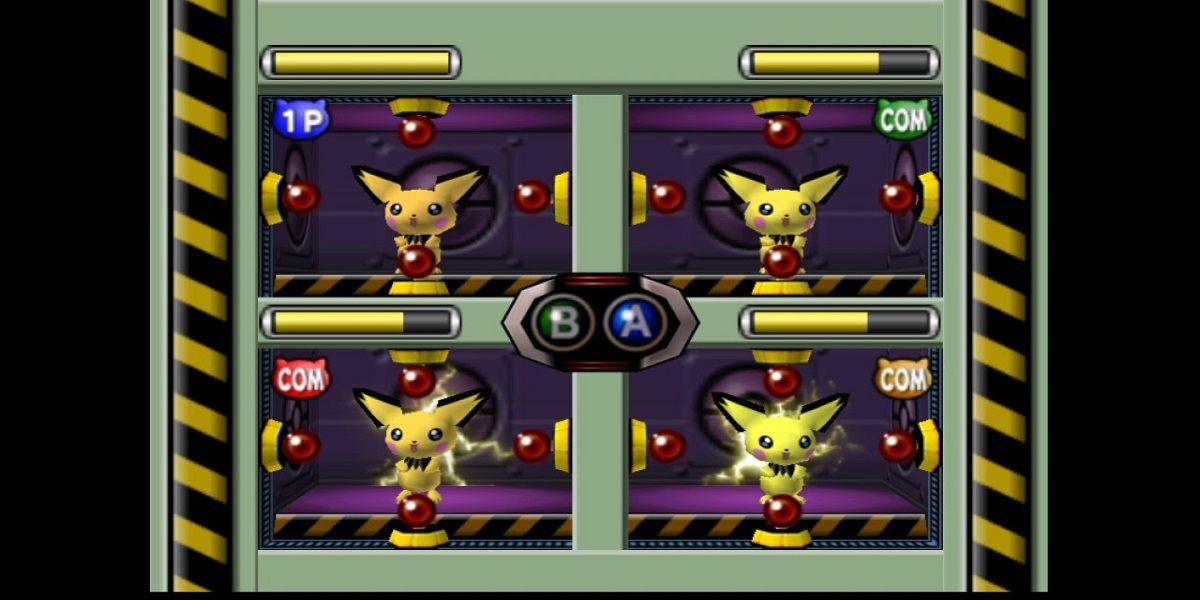
Probably one of the more stranger facts on this list is a secret that is hidden in the code of the second Stadium game. Within some internal files of the game, under Trainer profiles, one can find three pictures that are mugshots of Pichu. It is not clear why the pictures are there or who put them there but it is generally seen as some kind of practical joke.
1 "Eeveelution" Official
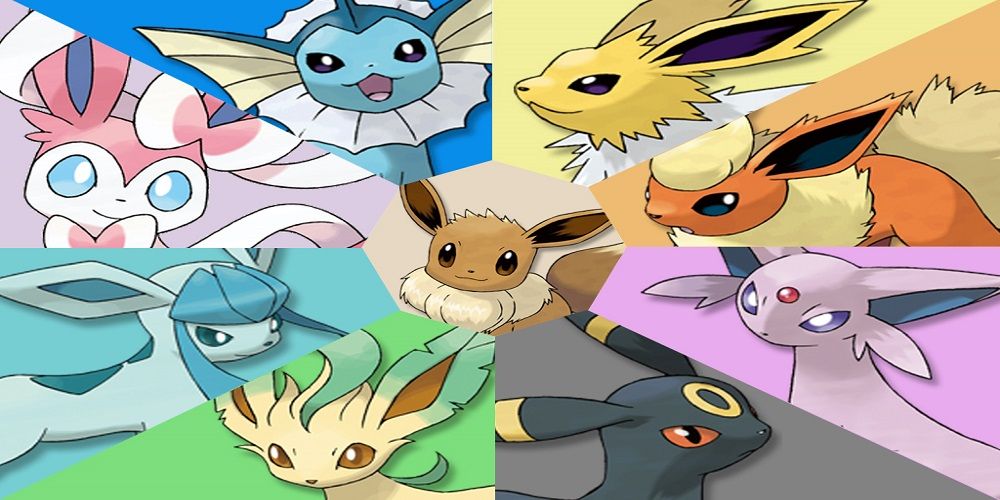
Eevee is arguably almost as recognizable as a certain electric mouse, and Eevee's popularity continues to endure as more and more Eveelutions are added to the games. That term Eeeveelution was always only a fan term and never recognized until the official Pokemon Stadium 2 strategy guide was released.
This guide officially canonized the term to describe all of Eevee's evolutions adding it to the official Pokemon lexicon forever.

